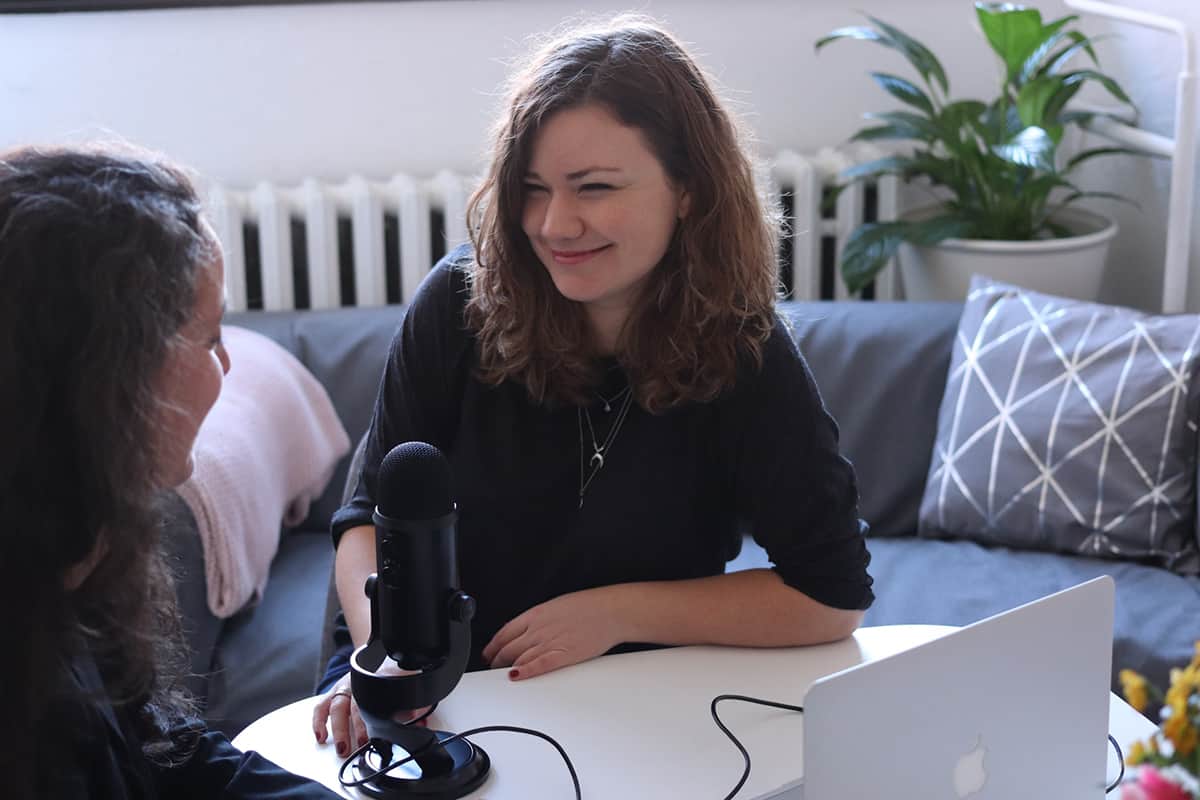Women are strongly underrepresented in Swiss media
Women are significantly underrepresented in the reporting of Swiss news media. Only just under every fourth person reported on is female. This has remained virtually unchanged across all language regions and media types since 2015, as a study by the University of Zurich shows.

Only in 2019 was a slightly higher proportion of women measured at 25 percent. The researchers attribute this to the women's strike that took place at the time and the federal elections. This indicates that the commitment to equality in society is paying off, they say in a statement accompanying the study. However, this positive change was not sustainable and had already evaporated by 2020.
Few women as experts
How often women are represented in an article depends strongly on the topic of the article. The lowest proportion of women is in sports, with an average of 13 percent, and in business news, with 17 percent. The highest proportion is in "human interest topics" with 31 percent and in cultural reporting with 27 percent. At 23 percent, reporting on politics is right in the middle.
Women are also less often portrayed in professional and public contexts compared to men. Only around 21 percent of all visible representatives of organizations and 23 percent of all experts are female in media coverage.
Women are particularly underrepresented among executives who speak in their management function. When reporting on private matters, on the other hand, the difference between women and men is smaller. Here, the proportion of women is 33 percent.
Difference between media title
The proportion of women varies greatly between the media titles. The highest proportions of women are found in Die Weekly newspaper WoZ (29%), Rts.ch (27%) and Blick.ch (26%). In the Neue Zürcher Zeitung NZZ (19%), Watson.ch (20%) and The Covenant (20%), women are the least present. These figures are also linked to the topics. Those media that report more on sports and business have a lower proportion of women.
In general, the presence of women is twice as high in editorial reporting than in media articles based on agency reports. The study authors suspect that the choice of sources or the thematization of actors can be controlled more readily in own articles than in the processing of agency reports.
Strengthening journalistic research
The study concludes that the representation of women in Swiss news media is "clearly insufficient. For a democracy, it is important that all social groups can contribute to the public discourse with their different voices, it says.
"The strong underrepresentation of women in Swiss media is a result of existing social structures and journalistic routines," study director Lisa Schwaiger of fög is quoted as saying.
According to Schwaiger, the media are called upon to ensure more balanced reporting in the future, to increasingly allow women to have their say as experts, spokespersons and leaders, and thus to contribute to a reduction in social inequalities. Above all, this requires strengthening journalistic research and the corresponding resources.
In the study, the portrayal of women in Swiss online and print media was evaluated on the basis of 106,706 media articles using an automated content analysis. (SDA)








